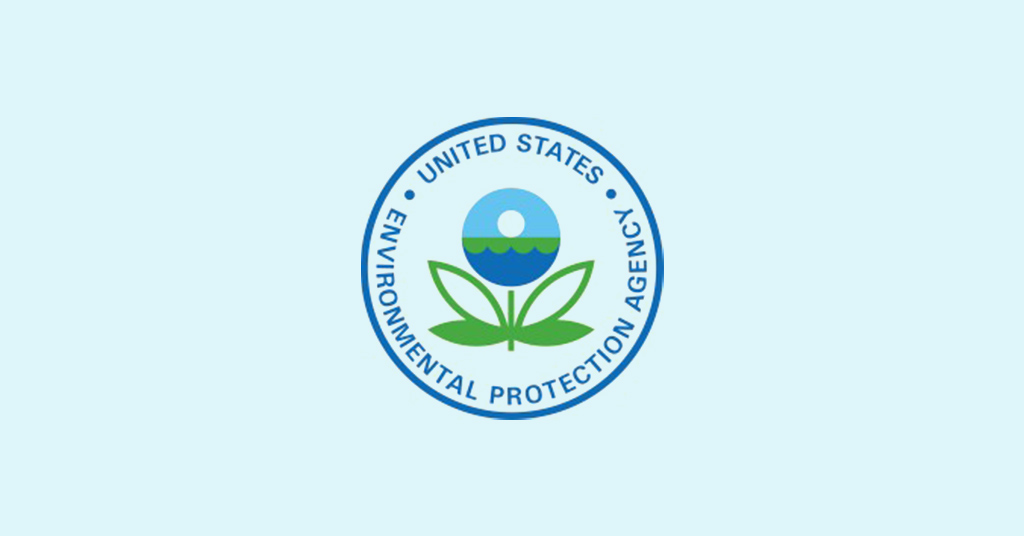Renewable Fuel Standard and the Campaign for More Ethanol in Petrol
- 13-Jun-2023 5:13 PM
- Journalist: Nina Jiang
US: The Renewable Fuel Standard (RFS), despite falling short of its statutory objectives, is still the most important federal programme supporting the biofuel industry and has had a substantial effect on petrol marketers. The Renewable Fuel Standard (RFS), also known as a Renewable Volume Obligation (RVO), was established by the Energy Policy Act of 2005, and expanded in 2007 by the Energy Independence and Security Act (EISA). The RFS outlines the annual targets for the volume of renewable fuel that must be used in place of petroleum-based transportation fuel.
The RVO, which is recommended as a volume of renewable fuel and as a percentage of how much petroleum-based fuel would be offset, may be modified by the Environmental Protection Agency (EPA), which is responsible for administering the Renewable Fuel Standard (RFS). Most of the renewable fuel used as a road transportation fuel in the United States is traditional Corn-based Ethanol, also referred to as a renewable fuel by the RFS programme. Cellulosic biofuel, biomass-based Diesel, and advanced biofuel are among the additional nested types.
The EPA has regularly had to grant exceptions for the cellulosic biofuel nested category due to low output. However, the EPA's 2019 final rule set volume requirements for total renewable fuel below the statutory limit, activating the agency's right to reset under the RFS. Once triggered, EPA may adjust statutory volumes in accordance with six variables, working along with the secretaries of agriculture and energy as needed. The six factors are as follows: (1) environmental impact; (2) energy security; (3) annual production rate of renewable fuels; (4) Impact on infrastructure, particularly whether it is suitable for delivering and using renewable fuel; (5) cost to consumers; and (6) additional issues, such as job creation, the cost and supply of agricultural commodities, rural development, and food costs.
The volume requirements for the RFS are not specified by EISA beginning in 2023. Instead, EPA suggested establishing the annual RVO through a fixed rule. The volume standards for 2023 through 2025 were proposed by the EPA on December 1, 2022, and the public comment period on the proposal closed on February 10. The final rule should be published no later than June 14.
The Energy Information Administration provides a conservative prediction for rising Ethanol usage for the period from this year to 2025, citing restrictions on how quickly or at all merchants would invest in their stations to support higher mixes. Fuel volatility rules, which are the most stringent in the summer when elevated ambient temperatures hasten the release of volatile organic compounds into the atmosphere, have historically prevented going above the 10% Ethanol mix rate in petrol. Fuel volatility is increased by Ethanol. During the summer, from June 1 through September 15, conventional petrol sales above E10 are prohibited since E15 currently lacks the one-pound-per-square-inch waiver that E10 now has (measured as a Reid Vapour Pressure rating).
Most retail establishments are unable to sell E15 throughout the summer, which has limited their capacity to grow. Since 2016, the amount of Ethanol in petrol in the United States has remained over 10%, though only marginally, with an estimated 10.39% concentration in 2022. Customers of E85 must use a flex-fuel vehicle (FFV) built to handle fuel with a higher proportion of Ethanol than petrol since there are more E85 stations than E15 stations. EPA estimated that 2,458 E15 stations and 4,063 E85 stations existed in the United States in 2021, which is less than 5% of the more than 145,000 petrol stations nationwide. In a recent regulatory effect estimate, the EPA predicts that in 2025, there will be 5,146 to 4,866 more E15 stations than E85 stations.
With fewer models available, it is anticipated that the number of light-duty FFVs, which reached about 28 million in 2020 (or nearly 10% of all spark-ignition cars), will decrease. Since 2014, there have been fewer FFV models available overall, and from 2017 to 2020, the yearly growth rate of light-duty FFV registrations decreased from 10% to 1.6%.
To calculate the estimated costs of the RFS, the EPA projects a slow increase in Ethanol consumption from 2023 through 2025. The increase is projected to be 14.5 million barrels, or 4.35%, to 347.4 million barrels in 2023, before slowing to 700,000 barrels, or 0.2%, in 2025 for consumption of 349.3 million barrels. Retail stations need to invest in upgrading their facilities to sell E15 to increase the amount of Ethanol in the petrol pool. Stations with the ability to sell greater Ethanol blends already have the infrastructure in place, as noted by EPA in its review. Retailers may need to invest anywhere from a few thousand dollars to more than $100,000 per station to sell greater Ethanol mixes.
According to the EPA, upgrading a typical retail station to sell E15 would cost $80,000, assuming four new dispensers, plus an extra $15,000 to make changes to other equipment like pipelines, pumps, and hardware for underground storage tanks. This estimate was based on research and consultation with the EPA's Office of Underground Storage Tanks.
Liability worries about the usage of retail storage and dispensing equipment have the potential to impede the growth of higher-blend shops. The equipment must be authorised to store or dispense E15, even if it is compatible. If a customer refuels a car whose engine isn't built or licenced for the higher blend, the retailer could be held responsible.
Retailers who store fuel with an Ethanol content of more than 10% in underground tanks are required by the EPA to prove the equipment's compatibility by a certification or listing that the equipment is nationally recognised by an independent testing laboratory or by having written approval from the equipment or component manufacturer.
Even if the equipment is theoretically compatible with E15, the store could be held liable if they utilise it to offer E15 and it does not meet these requirements.
When retailers' current storage tank systems reach the end of their warranties or require maintenance, the agency sees a chance for shops to install new systems that can hold E15.
According to the EPA, the relatively modest, though growing, number of stations that provide E15 poses a substantial barrier to the spread of E15 until 2025.
On March 14, a bipartisan group of U.S. senators and House of Representatives members proposed the Consumer and Fuel Retailer Choice Act of 2023, which modifies the Clean Air Act by adding "or more" after "10%" to permit the 1psi RVP exemptions for E15.
The Consumer and Fuel Retailer Choice Act, which was initially introduced late in the previous congressional session, would harmonise fuel volatility regulations for Ethanol-blended fuels nationwide, enabling the year-round sale of E15 in conventional petrol markets, according to the Renewable Fuel Association.
RFA also points out that, should the proposal pass, it would supplant governors' efforts to amend regulations to ensure that E15 sales are available year-round in their states. The EPA issued a proposal on March 1 that would grant eight Midwestern states' requests to reject the 1 psi RVP vapour pressure waiver for E10, which would force oil refineries to modify their base petrol to include Ethanol without a waiver. Illinois, Missouri, Iowa, Minnesota, South Dakota, Nebraska, Ohio, South Dakota, and Wisconsin are among those states.
The creation of a new regional boutique fuel with a lower RVP, even though the EPA referred to it as a permanent solution to provide year-round E15 in those areas.
The refineries and fuel supply chain infrastructure serving the Midwest will need to be significantly altered to produce a boutique fuel for only these midwestern states. The annual expenses of a new petrol blend for these eight states would range from $550 to $800 million, while the costs of a supply disruption may reach $1.1 billion.
EPA postponed the implementation date of its Midwest proposal until April 28, 2024, in part.



